Horseware Ireland Micklem 2 Multi-Bridle
- Regular price
-
$370.00 - Regular price
-
- Sale price
-
$370.00
Estimated Shipping Widget will be displayed here!
Couldn't load pickup availability
The Horseware Micklem 2 Multi Bridle is a multifunctional bridle with an outstanding anatomical design making it the ideal choice for busy horse riders who expect their tack to deliver on every level!
With quick and easy adjustments, the Micklem Multi Bridle can be a bridle, lunge cavesson or a bit less bridle, all in one superior bridle design!
This bridle eliminates any discomfort associated with pressure on the facial nerve network, poll area and ears. Its unique design pays attention to the internal mouth and tongue harmony and eradicates issues such as numbness to the lower half of your horse's face caused by pressure. Low fitting dropped nosebands can be associated with discomfort and, in some cases, breathing restriction. However, this bridle's arrangement considers the danger and trigger zones of your horse's face to present a bridle that champions comfort and an anatomical design with beautiful aesthetics.
It comes with tongue protection clips, bit straps, curb groove strap and three strength levels, including a more substantial bitless strap option.
A versatile bridle that can do three jobs in one beautiful design.
The Micklem 2 Multi-Bridle is reinforced (unlike the other Micklem 2 Competition bridles) to allow riding bitless in 3 ways, 1- side-pull, 2 -cross under jaw with side pull or 3- over poll with side pull.
It encompasses a cavesson ring on the noseband to allow for lunging.
You can also use the bit straps to still attach a bit for the days you want to ride with a bit. Tongue protection clips (or bit clips) are used to lift the bit in the mouth to reduce how much you can pull back on the bit, effective for young horses or inexperienced riders to reduce chances of unpleasant experience.
Please bear in mind that all horses may need schooling and education to bring them from riding with a bit to riding bitless.
Washing instructions
- Before you use a new leather product for the first time, make sure you oil it thoroughly. Oiling tack makes it supple and prevents it from drying out and cracking or breaking during use. After an initial cleaning, follow regular wash instructions.
- Care for your leather regularly with a damp sponge and saddle soap to retain a soft, solid leather. It is essential for leather care and must be used liberally, always before hydrating the leather with a conditioner.
- Use warm water to dampen a sponge. Squeeze any excess water out of the sponge before using it. Wipe down all the pieces of the bridle to remove sweat, dirt and grease. Allow the leather to dry naturally before applying saddle soap. This will help to remove any stubborn dirt or grease left over.
- Pay particular attention to cleaning areas of your bridle that are typically under pressure during riding and exposed to saliva, such as bit straps, bottom back strap, and reins where they come in contact with bit.
- It is recommended that you regularly apply conditioner. Completely dismantle your bridle when applying conditioner and apply with a soft cloth or sponge. Apply the conditioner once you have cleaned your leatherwork with saddle soap.
Storage instructions
- Once clean and dry, reassemble your bridle and loop reins through top back strap for storage.
- A climate-controlled environment is best for tack. Dry heat will make leather brittle, while humidity can cause it to mould and mildew.
- Storing your bridle in a fleece lined bridle bag will help prevent moisture.
Shipping Info
Shipping & Pickup Information
Flat Rate Shipping via Post Haste (Excludes Feed):
- North Island: $10 (1-2 working days)
- South Island: $20 (2-3 working days)
- Rural Surcharge: +$6 (extra time may apply)
Feed Shipping per bag via Post Haste:
- Central North Island: $14 Per Bag
- Upper North Island: $18 Per Bag
- Lower North Island: $28 Per Bag
- South Island: $55 Per Bag
- Rural Surcharge: +$6 (extra time may apply)
Orders placed before 1 PM are usually shipped the same day.
Click & Collect:
- Free 24/7 pickup via our after-hours collection box.
- Instructions will be emailed when your order is ready.
Returns & Exchanges
No problem! We offer 30-day returns and exchanges on all items in new, resalable condition with the original packaging. See our full policy.
FAQ
All your questions, answered.
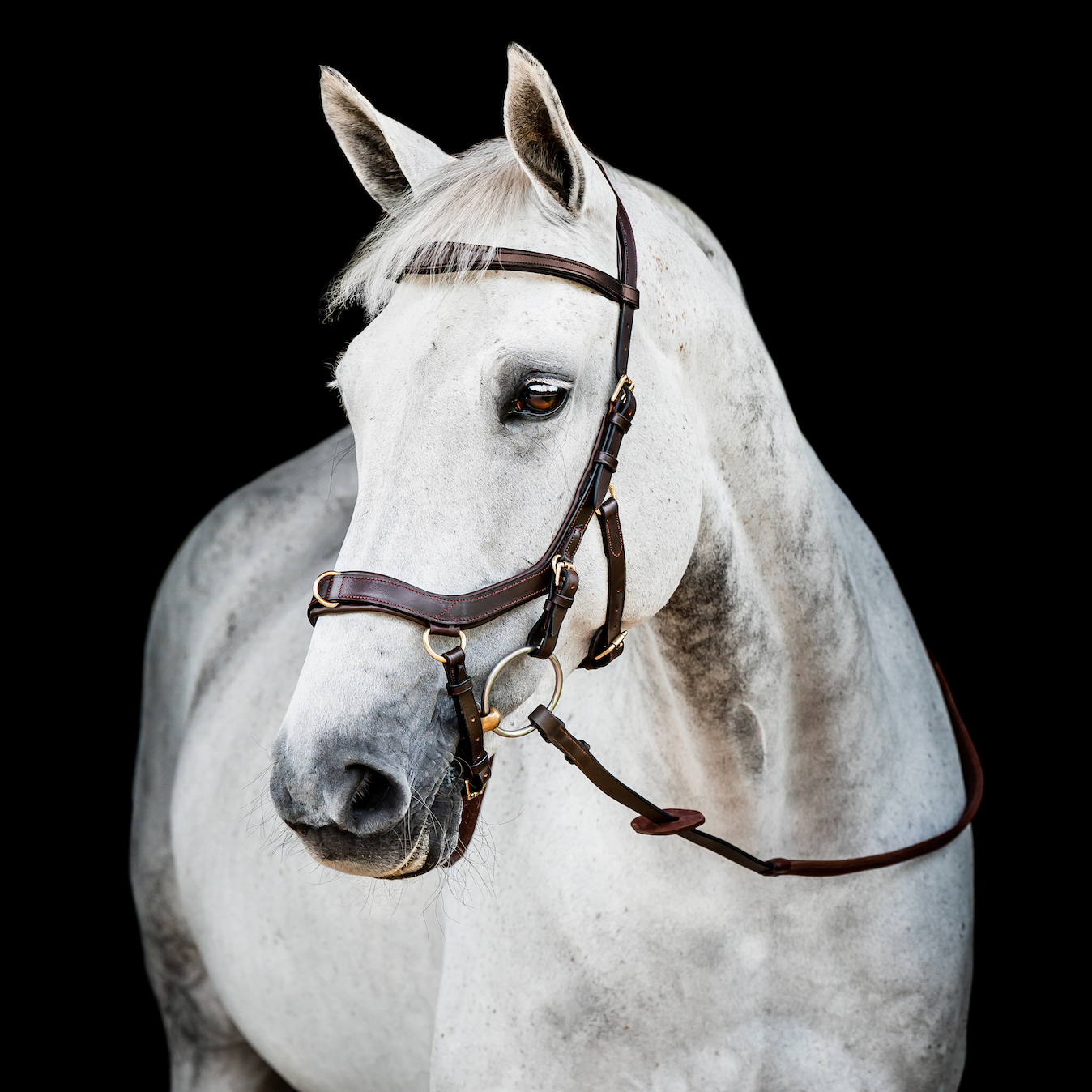
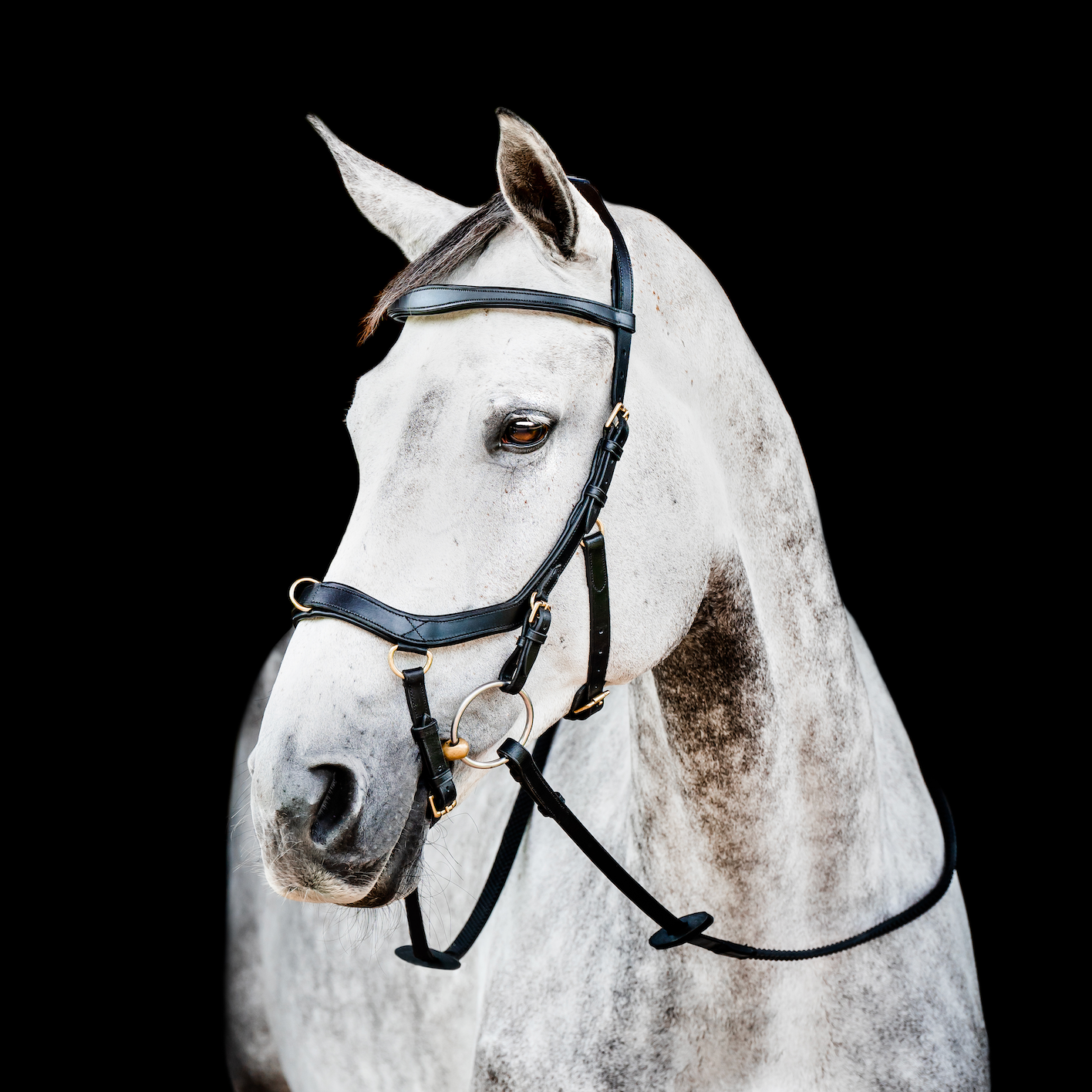
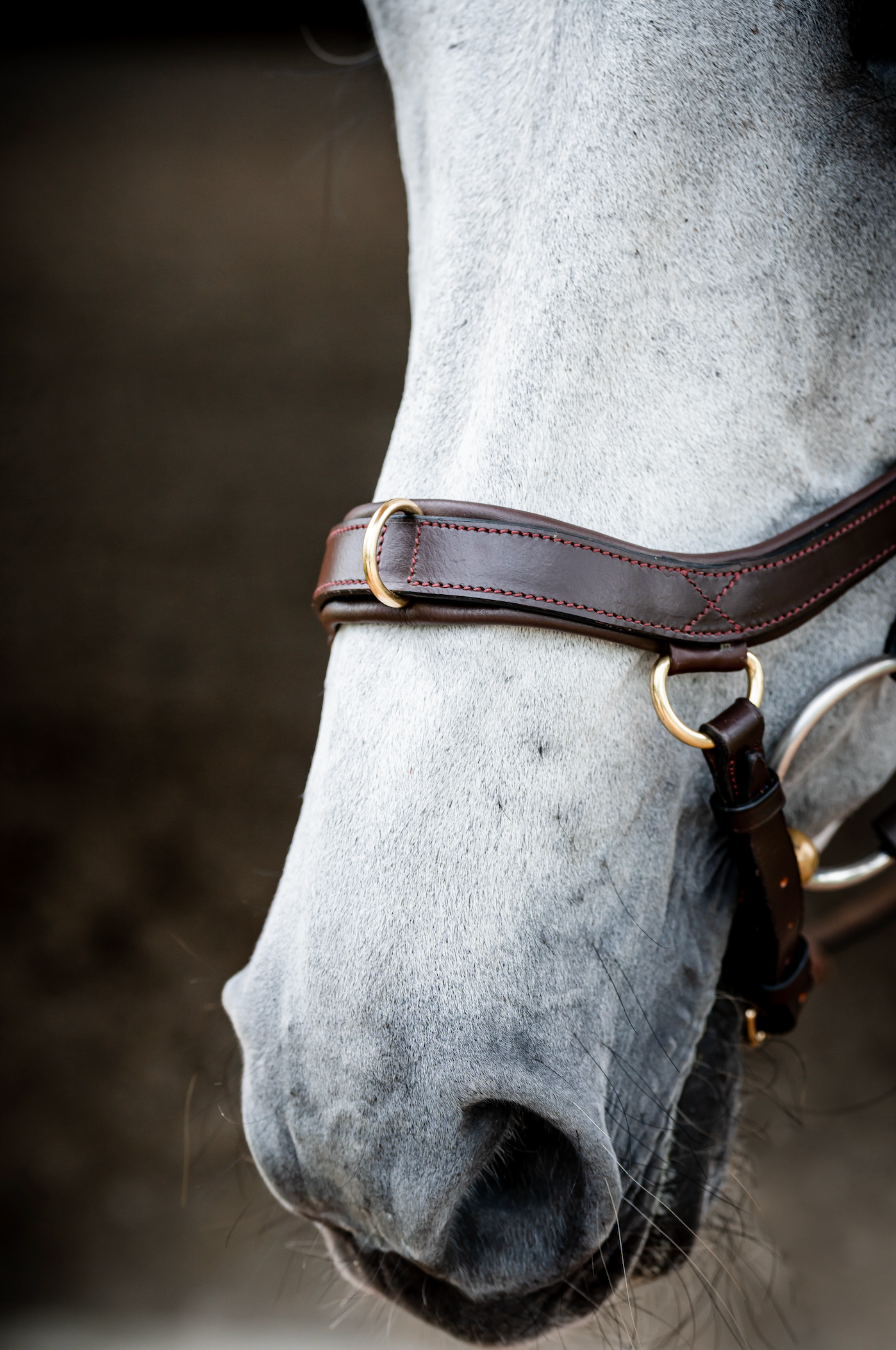
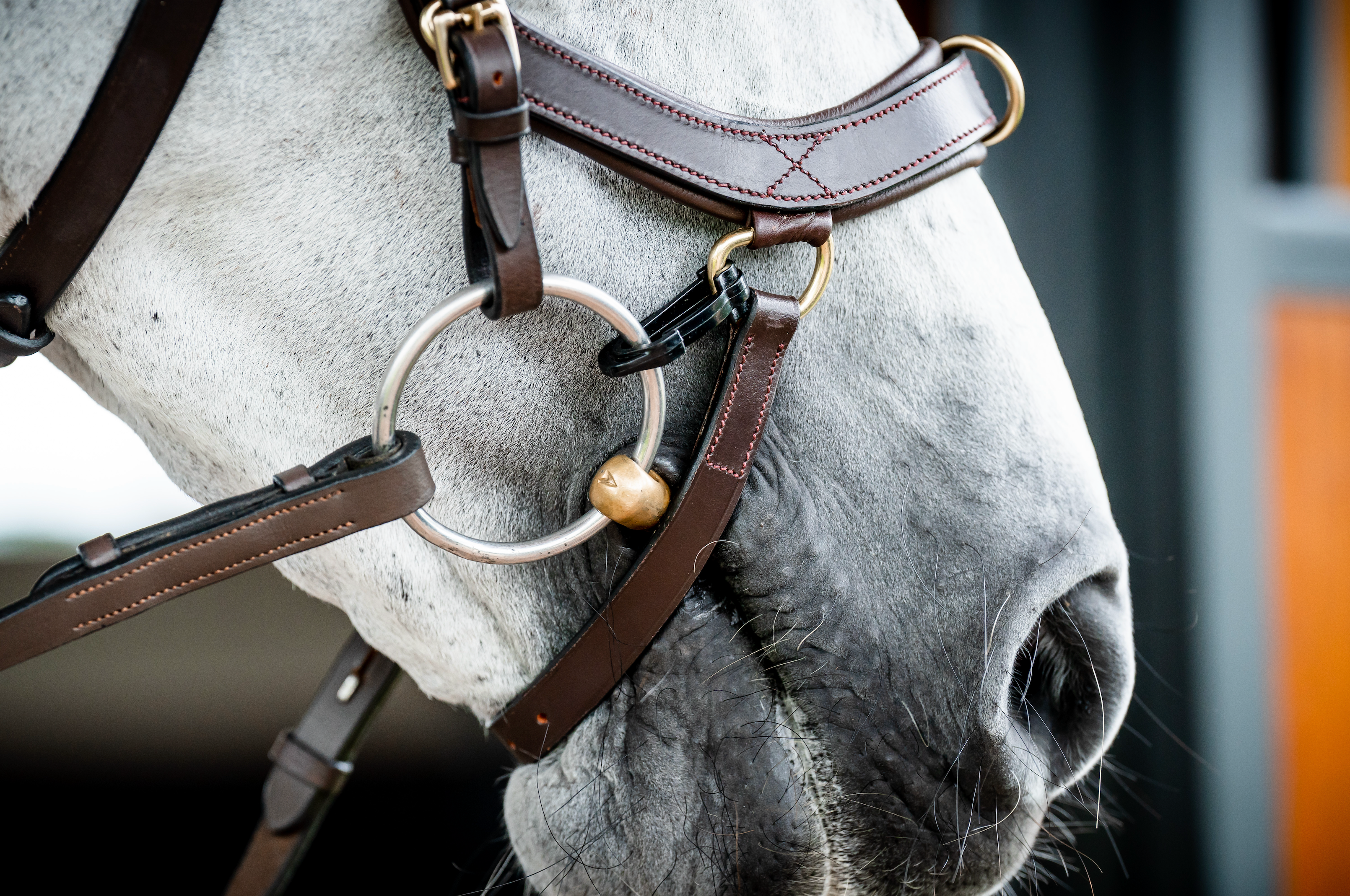
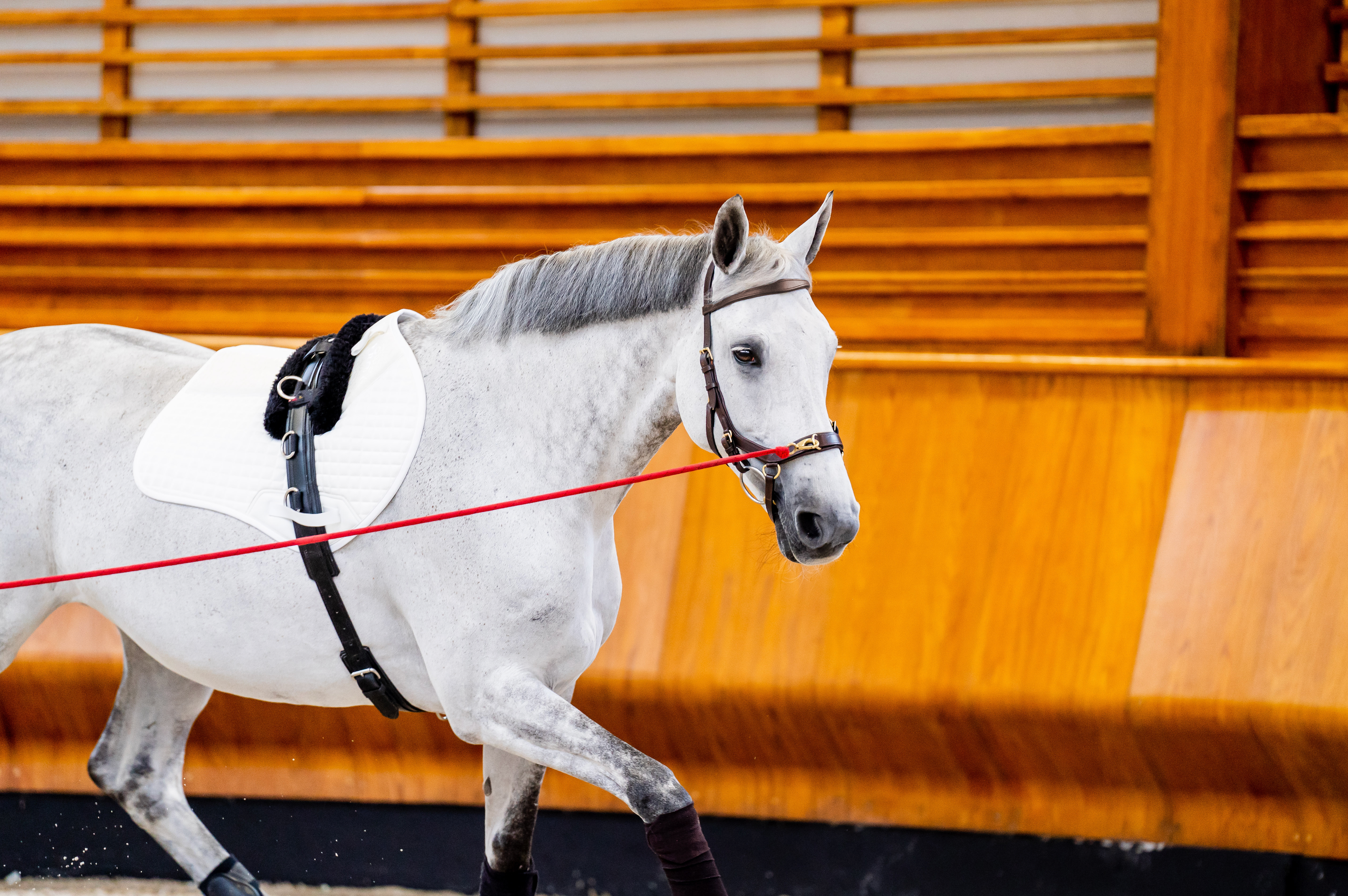
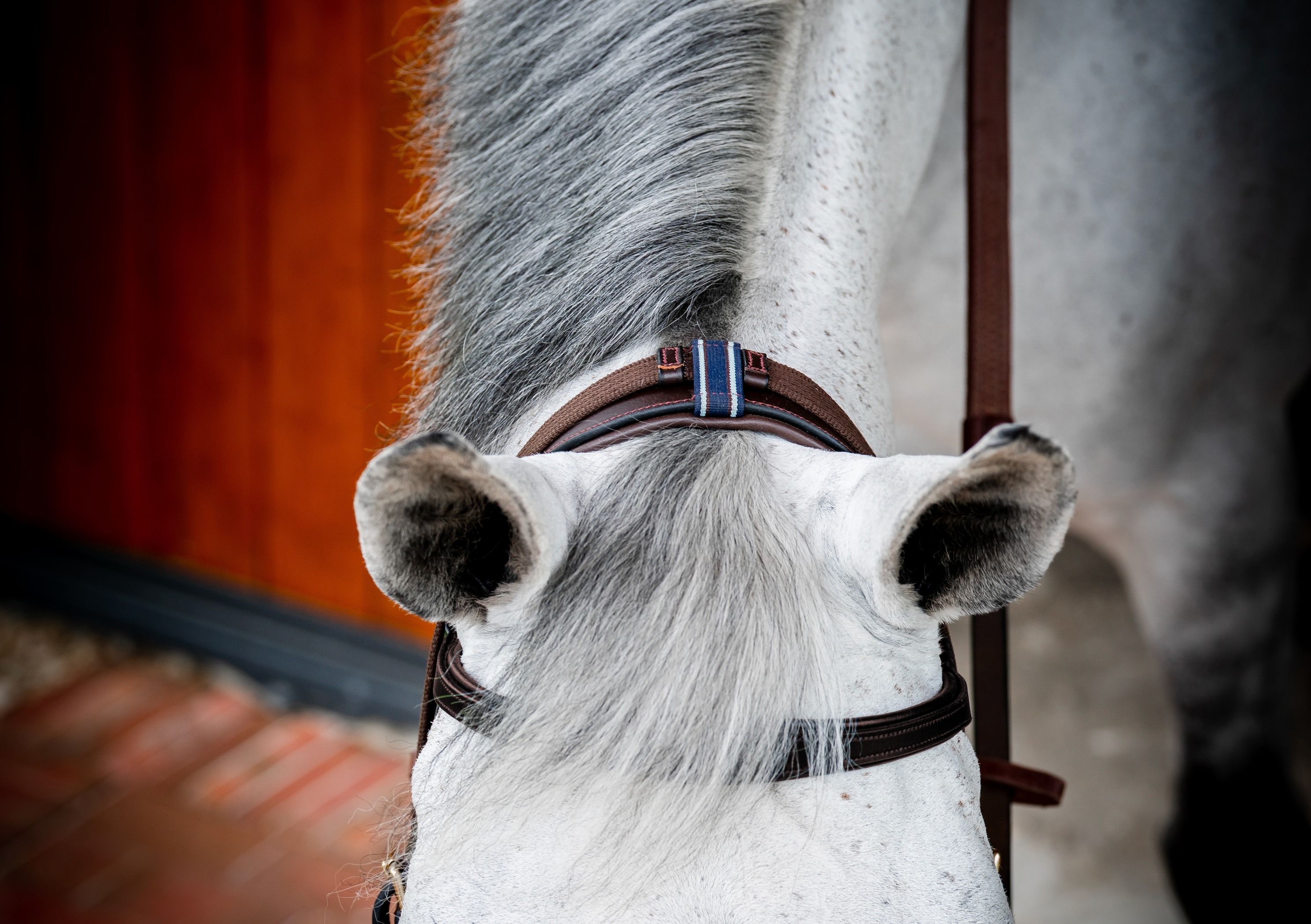
|
Size Guide |
|
|
Pony |
13.2HH and Lower |
|
Small Horse/Cob |
13.2HH - 15.2HH Fine Head |
|
Standard Horse/Full |
14.2HH Large Head - 16.3HH Fine Head |
|
Large Horse/X Full |
16.2HH Large Head and Higher |
Browband Measurements:
Pony: 36.5cm
Small Horse/Cob: 39cm
Standard Horse/Full: 40cm
Large Horse/X Full: 42cm
Noseband Measurements:
Take the distance from the bottom point of the protruding cheek bone on one side of the head, to the bottom point of the protruding cheek bone on the other side of the head, going over the nose.
Under 27 cm (10.6 inches) = Pony
27 - 29 cm (10.6 to 11.4 inches) = Small Horse/Cob
29 - 31 cm (11.4 to 12.2 inches) = Standard Horse/Full
31 - 33 cm (12.2 inches to 13 inches) = Large Horse/X Full
The thermoneutral zone is the temperature range where the body can maintain its core temperature with little to no extra energy expenditure. For humans, this range is quite narrow at 21–28 °C, but for horses it’s much broader at 5–25 °C.
This difference means we should avoid rugging horses based on how cold we feel. Over-rugging can lead to serious health issues, including metabolic problems and thermoregulatory dysfunction.
Tips for Choosing a Winter Rug Weight
-
Clipped horses may need a heavier gram fill to stay comfortable.
-
Remember: horses warm themselves more easily than they cool down under a rug. If unsure, choose a lighter rug.
-
Check your horse regularly to make sure they are neither too hot nor too cold.
-
Consider your horse’s age and natural ability to stay warm.
-
As a general guide, rugging is usually appropriate when temperatures drop below 5–10 °C, but always adjust for your horse’s individual needs.
-
Always ensure rugs are waterproof. A wet rug is worse than no rug at all.
This is an indicative guide only. Always take into account factors such as wind chill, your horse’s age, weight, and condition.









